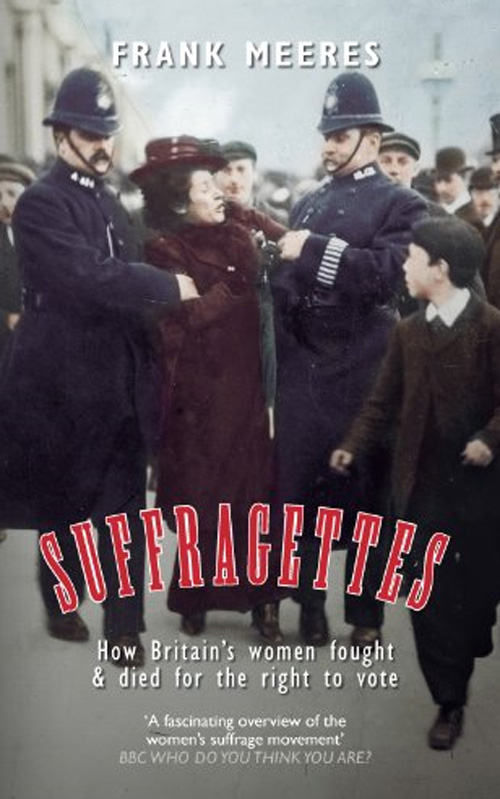Suffragettes. How Britain's women fought and died for the right to vote
Review

Suffragettes. How Britain's women fought and died for the right to vote, Amberley, 2014, paperback, 192 pp.,£9.99 ISBN 1445633909
This readable, engaging, pocket-sized, introductory overview of the women's suffrage movement is extensively illustrated with images drawn from publisher's archive and author's collection, some of the most distinctive from record offices in East Anglia with a distinctive East Anglian provenance. However, it lacks an index, references and bibliography, which would have enabled students to use it as a springboard to further research and study.
Its interpretation of the movement is perhaps oversimplified and even rather bland, for example, the back cover summary of the evolution and development of the movement which asserts that ‘while there had been petitions and discussions' of women's suffrage ‘throughout the Victorian era, by the beginning of the twentieth century it was time for stronger action' and that ‘the turning point was the First World War' when ‘the suffragettes declared an immediate truce when war was announced and their efforts went into this new cause'.
Two concluding paragraphs discuss briefly changing attitudes to the suffragettes in the inter-war years and beyond. They also focus upon the public memorialisation of some leading suffragettes such as the statue of Emmeline Pankhurst in Victoria Tower Gardens, London, where Stanley Baldwin, at the unveiling of the statue in 1930, just two years after her death, compared her to Martin Luther and Jean-Jacques Rousseau, ‘people who were not the sum totals of the movements in which they took part'. Reference is also made to the Suffragette Fellowship formed by Edith How Martyn to perpetuate the memory of the movement, which in 1970 erected a memorial designed by Edwin Russell and unveiled by veteran suffragette Lilian Lenton outside Caxton Hall, where many suffragette meetings had been held), near New Scotland Yard. However there is no reference to the often more personalised, hand-crafted tributes which I recall when visiting the grave of Emily Wilding Davison in the churchyard of St Mary the Virgin at Morpeth.

